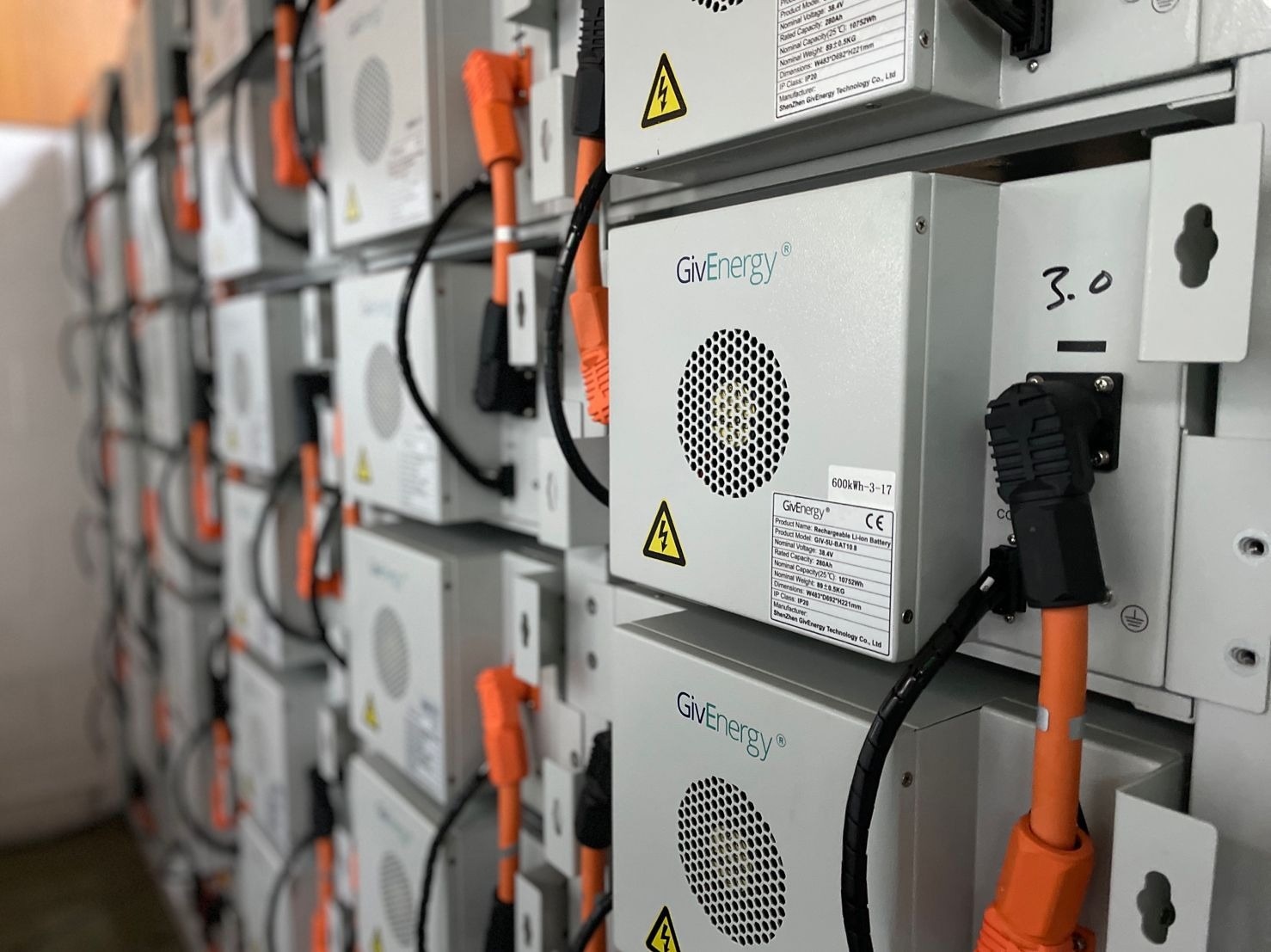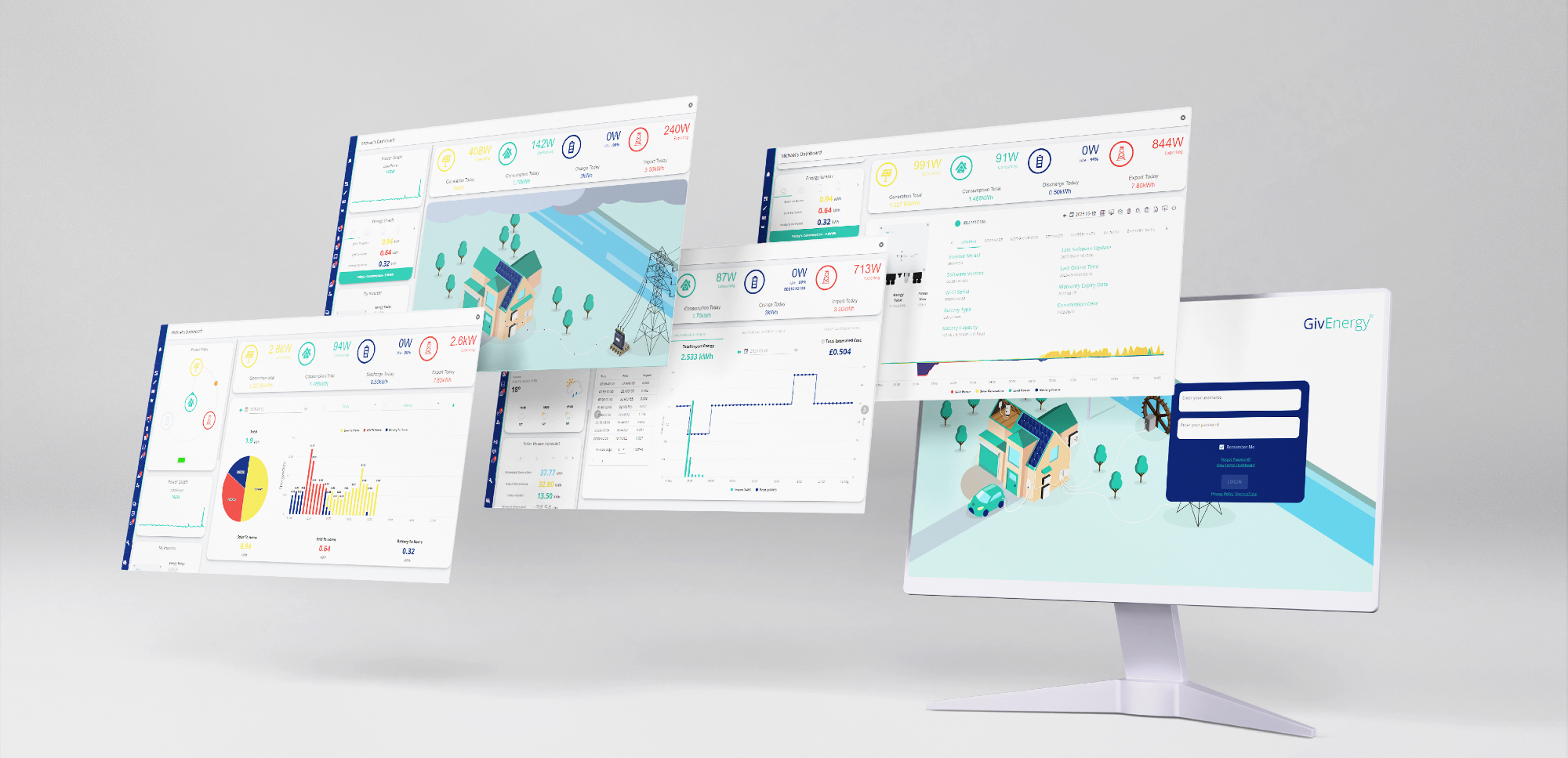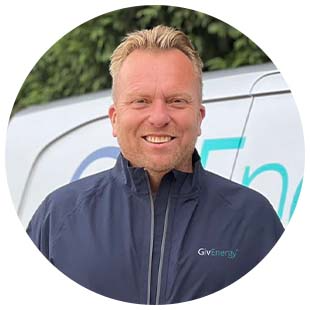AZoCleantech speaks to the CEO of GivEnergy, Jason Howlett, about how the company is revolutionizing the residential and commercial sectors with its accessible and cutting-edge energy storage systems. This interview looks at the transformative impact of GivEnergy's solutions on reducing energy bills, promoting energy independence, and contributing to a cleaner, greener world. Jason discusses GivEnergy's commitment to creating a more sustainable and empowered energy landscape, from breakthrough product developments to educational initiatives.
Can you tell us briefly about your career so far and your role at GivEnergy?
I have committed my career to environmental sustainability, bridging the gap between environmental considerations and practical business solutions. My BSc was in Water & Environmental Management, which led me to a management tenure at Severn Trent Water. From there, I have taken on senior leadership and directorship roles for Hoppecke, Xylem, and Segen, demonstrating my ongoing dedication to contributing to the renewable energy and sustainability sectors. Now, in my role as GivEnergy Group CEO, I am proud to lead the charge in our transition to a more sustainable future.
Can you explain how energy storage systems work and the types available for residential and commercial use?
Whether residential or commercial, energy storage systems offer a truly transformative service: the ability to run properties on battery power. With a storage battery, customers can store green energy for later use in the home or office, meaning they do not have to draw from the grid during peak hours.
In the first instance, a storage battery can take its charge from renewables, i.e., solar panels, wind, or hydro turbines, so the customer can charge their battery using free, green sources. As the energy from renewables is intermittent, a storage battery allows the customer to harness it more efficiently for consistent use.
In the second instance, a storage battery can also take power from the grid. Here, the battery will charge using low-cost, off-peak energy, such as overnight when electricity from the grid is at its cheapest and cleanest.

Low-carbon home featuring GivEnergy's battery storage. Image Credit: GivEnergy
However, an energy storage system comprises more than this battery storage component alone. An inverter product must act as the system's brain and connect renewables, batteries, the grid, and the home. The inverter will also smoothly convert energy from DC to AC inside the property.
Outside of the battery and inverter hardware, modern energy storage systems also come with energy management software. The GivEnergy system, for example, offers an online cloud portal for advanced data monitoring and system control. A lightweight app also allows quick, easy access to the system on the move.
Though scale and specifics may vary, these core functionalities apply across residential and commercial systems. For example, a commercial system's inverter (or “brain”) is a larger-scale Power Conversion System (PCS). Rather than an individual storage battery with a set capacity, you are more likely to be looking at racks of high-voltage battery packs built to meet the desired power need in a commercial context. Alternatively, you might have a neatly containerized system custom-built for off-grid or remote locations.
Whatever the details of its setup, an energy storage system allows customers to power their properties cheaply, cleanly, and with less reliance on the grid. Technology is revolutionizing how customers power their lives and consume grid electricity. The end user or customer can decide when they buy and use their energy.
Can you tell us about GivEnergy’s residential and commercial energy storage solutions and their impact on the sector?
Our solutions empower energy freedom for all.
If you are a residential customer, we offer a holistic ecosystem for smart energy management. Our inverter range comprises AC coupled, hybrid, single-phase, and 3-phase solutions. Meanwhile, our battery storage range spans everything from small-scale batteries suitable for the smallest homes or apartments to high-powered batteries for large properties and customizable, stackable batteries.
We also have a game-changing all-in-one solution combining a battery and an AC-coupled inverter in one integrated product, complemented by a gateway providing backup power.
Beyond these core technologies, we also offer a range of complementary solutions. These include the GivEnergy EV charger, smart plugs, and electrical accessories. Together, our services allow any customer in any home to take control of their energy spending end-to-end.
Beyond the residential market, our commercial solutions are just as flexible. We create entirely bespoke solutions to meet the customer’s capacity needs. This may comprise a PCS, high-voltage battery packs in custom racking, and one or even two-storey containers.

GivEnergy commercial high-voltage batteries. Image Credit: GivEnergy.
All GivEnergy hardware comes with our proprietary energy management software to empower management, monitoring, and ongoing system optimization.
The impact of our solutions is tangible. Our products reduce the average home’s carbon emissions by >300 kg annually, saving 2500 tons of CO2 emissions daily and helping save customers up to 85% on their energy bills. It is a win-win scenario for the customer, the climate, and the country’s grid infrastructure.

GivEnergy energy monitoring software. Image Credit: GivEnergy
What are the current limitations of energy storage, and how is GivEnergy helping bridge any industry gaps?
For the typical billpayer, the most pertinent limitation of energy storage is the entry barrier to its installation. For too many billpayers, the initial investment of paying for the hardware and its installation is unaffordable despite the cost-savings delivered in the long run.
An example cost is £10,000-£12,000 for a battery, an inverter, and a complementary solar panel installation. This means that, though every household could benefit from energy storage, not every household is in a position to pay for the project.
We are committed to breaking these entry barriers. Firstly, we do so through offering premium products at an accessible price. Our products are manufactured in our own factories, made of the finest quality materials, yet remain some of the most affordable on the market. Plus, we provide our software at no extra cost.
Beyond accessible pricing, we also aim to reduce the barriers to energy storage installation by educating customers on using standalone storage batteries. That is, simply using a storage battery without solar panels or other renewables, and manipulating smart tariffs to save money.
We are also lobbying MPs to put energy storage on the agenda and incentivize its uptake. For example, we are pushing to remove VAT on battery purchases and to include energy storage in the Future Homes Standard.
What are the main benefits of energy storage systems for residential and commercial customers?
Firstly and most obviously, an energy storage system reduces energy bills by circa 85%. The customer can take back control of their energy spend. They have energy stored up, which means they can manage it efficiently. Customers are less reliant on the grid and not beholden to peak charges.
As well as these initial savings, the customer can become smarter about their energy use over time. Energy management software gives the customer all the data they need to monitor their system and continue reducing their spending month after month.
For customers who have invested in renewables, energy storage provides the means to maximize that investment. If, for example, you have paid for solar panels but have no storage capacity, you can only use solar energy intermittently. Your panels will not power your home during the evenings, for instance. Adding energy storage means you can get the most from your renewables and enjoy cheap energy morning, afternoon, and night.
This notion of consistent, low-cost energy also applies during outages. Customers with energy storage can potentially protect their supply from disruption, keeping their homes powered even when the grid is down.
Last but by no means least, smarter energy management is an environmentally responsible move that reduces your carbon footprint. When the demand on the grid is high, we need to rely on fossil fuels to ensure everyone can use electricity simultaneously—having energy stored cuts this reliance on using the grid during peak hours. Customers with energy storage can clean up the grid, cut their home’s CO2 emissions, and do their bit toward a net-zero world.
What is your approach to designing energy storage solutions for customers? How do you ensure that the system is tailored to their needs?
We believe that everybody should have access to clean energy solutions. With that in mind, we have designed and manufactured our range to meet the power needs of everything from flats, to the traditional three-bed semi, to large and off-grid properties, to commercial settings and even industrial-scale projects.
Getting the right solution to the right property remains vital, and anyone who fits a GivEnergy system must be an approved installer who has completed our training. A key part of this installer training is matching the customer with the system offering the optimum power capacity for their property. In this way, we ensure that every customer is matched with the energy storage solution for them.
How do you evaluate the performance of an energy storage system once it has been installed? What metrics do you use to measure its effectiveness?
Our systems are designed for maximum control, visibility, and monitoring. Our software tracks what is happening right down to the individual cell level. The customer and ourselves know how the overall system and every battery cell is performing.
Some metrics available include power flows, home flows, smart tariff prices and estimated bill costs, and solar, home, battery, and grid usage. We also calculate carbon offsets and show equivalent savings. For example, we calculate that the customer has offset the equivalent of X tons of landfill or X tankers of petrol burned, etc.
Using our extensive UK-based support team, we extensively track the performance and benefits (in terms of savings). The depth of our data enables us to continue driving product innovations with every new generation of product released – resulting in ever-better efficiency and ever-improved performance.
Can you discuss any recent projects you have worked on involving energy storage systems? What were the biggest challenges you faced and how did you overcome them?
We are committed to ending energy poverty and improving power quality. As part of this, we integrate with energy resellers, aggregators and third-party manufacturers to help improve the efficiency of social housing stock.
For an example of scale - the most recent project we are working on is with a major social housing group on 25,000 homes. So, for one project alone, we are helping make energy cleaner and more affordable for 25,000 families living in social accommodation.
The biggest challenge to these kinds of projects is always red tape – which only patience and perseverance can tackle.
Are there any recent energy storage advancements that you find particularly exciting?
The most exciting recent advancement in energy storage solutions is the development of our GivEnergy All in One and its companion Giv-Gateway product.
Our new All in One combines a battery pack plus an AC Coupled inverter in one integrated product, and is powerful enough to keep the average household running for over 24 hours. When paired with the Giv-Gateway, it goes beyond storage to offer a backup power supply to boot.
Nobody else manufactures anything like this product within the battery storage industry when price, power, and features are factored in.
Outside of manufacturing advancements, the potential of smart tariffs is also gaining momentum. For example, we are now working with Octopus on “Zero Bills Homes” – a guaranteed next-generation energy tariff with zero energy bills for five years. The potential of such initiatives to lift billpayers out of fuel poverty is phenomenal.
How do you work with customers to educate them on the benefits of energy storage systems and help them make informed decisions about their energy use?
Education is interwoven into our company values. For example, we have a not-for-profit organization – GivEducation – focused on delivering better learning outcomes, and we also work with local universities to support various learning projects.
We are passionate about educating customers. To do so, we focus on giving customers the data-led information they need to make informed decisions. For example, the customer can see which devices in their home are the most energy-intensive and switch them on and off remotely. They can choose when to buy and use energy at the best rates in conjunction with their renewable energy generation. They can predict their projected solar generation for the next seven days with SOLCAST-compatible integrated solar forecasting.
What are the next steps for GivEnergy? Do you have any interesting developments that you can discuss?
Looking ahead, our objectives over the next three years can be summed up in one word: growth. We seek to establish a dominant presence in the vast European energy storage market by expanding beyond our already strong position in the UK. As part of this, we are building a European team based in the Netherlands. We are also actively establishing partnerships with European wholesalers and engaging with installers through trade shows and exhibitions.
Linking closely to this territorial expansion is our investment in physical growth. For example, we are custom-building all-new UK manufacturing facilities. This includes a new factory forecast for completion in November, currently in full construction. Here, we will manufacture our commercial systems. We are also building a second UK factory to produce our inverters and EV chargers, with work set to begin in January 2024. By transitioning to nearshoring our manufacturing, our operations can be even more sustainable.
Beyond this physical growth, we are making exciting developments across our product line. This includes, for example, an EV charger, a range of 3-phase inverters, a stackable battery, and a third generation of our leading battery products. Our commitment to quality is tireless, and we never cease our efforts to provide the best products most efficiently.
Where can readers find more information?
About Jason Howlett
 Jason Howlett is CEO at GivEnergy. In his nine months in the role, he has piloted the GivEnergy Group growth from two group companies to seven group companies, steered the company through 500% financial growth, invested in a new UK head office and UK-based manufacturing, and led the leadership team as the company rocketed from ~30 UK employees to ~100 UK employees and launching sales into Europe, Africa, Australia, and the Middle East.
Jason Howlett is CEO at GivEnergy. In his nine months in the role, he has piloted the GivEnergy Group growth from two group companies to seven group companies, steered the company through 500% financial growth, invested in a new UK head office and UK-based manufacturing, and led the leadership team as the company rocketed from ~30 UK employees to ~100 UK employees and launching sales into Europe, Africa, Australia, and the Middle East.
Disclaimer: The views expressed here are those of the interviewee and do not necessarily represent the views of AZoM.com Limited (T/A) AZoNetwork, the owner and operator of this website. This disclaimer forms part of the Terms and Conditions of use of this website.